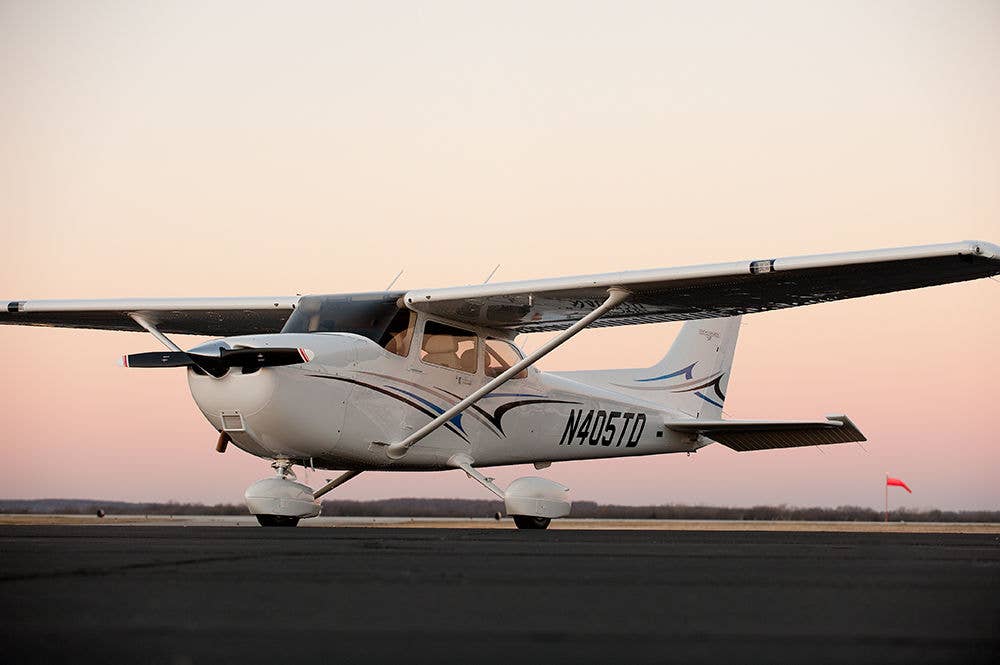
Pilots will now be evaluated based on the new, modernized Airman Certification Standards. Courtesy Cessna
As of yesterday, applicants for the Private Pilot Airplane and Instrument Rating Airplane knowledge and practical tests will be evaluated based on the new Airman Certification Standards (ACS), which replaced the decades-old Practical Test Standards (PTS).
The ACS provides more detailed guidance on what the applicant must know, consider and do in order to pass the test for which he or she is being evaluated. Like the PTS, the ACS is broken into Tasks within Area of Operation, such as preflight, specific maneuvers and emergency procedures. For each task the ACS has broken down knowledge, skill and risk management elements, and codes have been added for each element to guide applicants, instructors and evaluators. The codes are also included on a knowledge test report and used by the examiners to identify areas of deficiency in a Notice of Disapproval, targeting the specific areas for re-testing and remedial training.
The FAA started working on the ACS together with a group of industry experts to modernize the testing standards to include equipment, such as GPS, used in modern cockpits while eliminating some testing requirements that pertain to equipment from the past, such as NDB. The new testing standards also put a greater emphasis on scenarios and evaluation of a pilot candidate’s ability to make decisions and manage risks in the cockpit rather than to memorize a list of items in order to pass the test.

Sign-up for newsletters & special offers!
Get the latest FLYING stories & special offers delivered directly to your inbox






